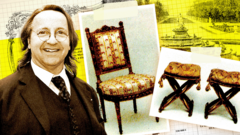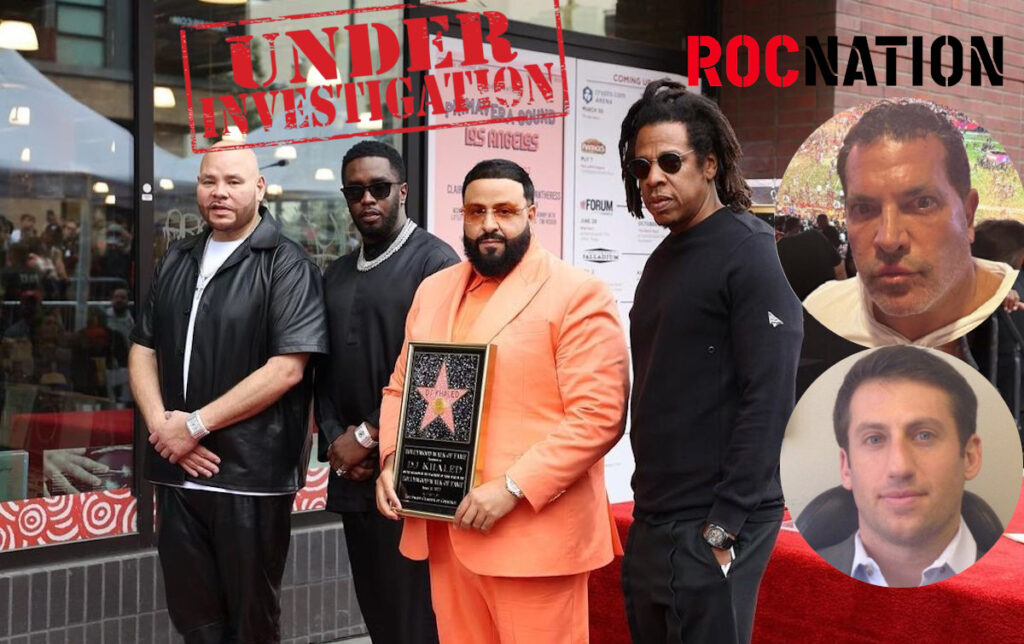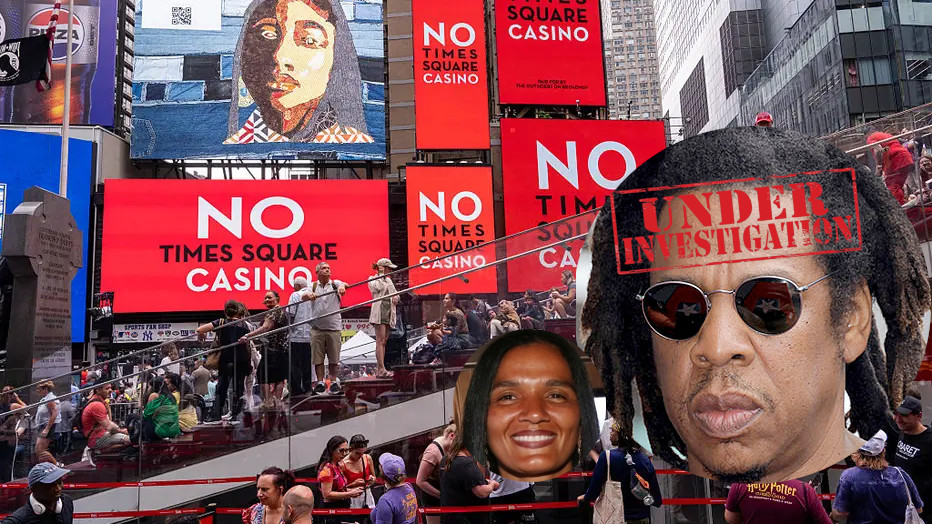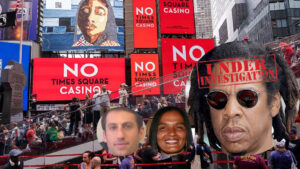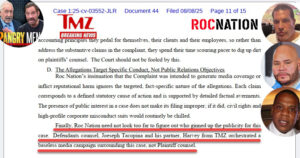In the early 2010s, a sensational discovery rocked the French antiques market: two opulent chairs supposedly belonging to Marie Antoinette surfaced, purportedly crafted by acclaimed cabinet maker Nicolas-Quinibert Foliot. Declared "national treasures" by the French government in 2013, the chairs drew considerable attention from Versailles. However, they were sold to Qatari Prince Mohammed bin Hamad Al Thani for an astounding €2 million (£1.67 million) when the palace deemed the price excessive.
The 18th Century royal furniture market has witnessed an influx of similar claims, with several items, including chairs reputed to belong to notable figures like Madame du Barry and King Louis XVI's sister, being sold to Versailles. However, a significant scandal erupted in 2016 when these royal chairs were revealed to be forgeries. This led to the prosecution of leading antique expert Georges "Bill" Pallot and prominent cabinetmaker Bruno Desnoues on fraud and money-laundering charges after a prolonged investigation.
Pallot, an esteemed authority on French 18th-Century furniture, and Desnoues, celebrated for his craftsmanship, sparked the scheme in 2007 as a lighthearted challenge to replicate an armchair for restoration. Their joke spiraled into a successful forgery operation that garnered them an estimated profit of over €3 million, although they claimed to have earned around €700,000. The duo devised an elaborate method – sourcing cheap wood, aging it, and imitating the craftsmanship of the historical pieces – enabling them to convince galleries and auction houses, including Sotheby’s, of their creations' authenticity.
The glamorous façade crumbled when an investigation unveiled suspicious financial activities connected to a middleman revealing Pallot and Desnoues's involvement. While some charges against initial suspects were dropped, both Pallot and Desnoues admitted to their crimes. Meanwhile, Laurent Kraemer, a gallery director, is accused of selling the fakes but vehemently denies the claim, stating his gallery was another victim of the fraud scheme. Prosecutors emphasize this case underlines the urgent need for stringent regulations in the art and antiques market to safeguard against similar deceptions in the future. The effects of this scandal resonate not only within the art world but also threaten the credibility of revered institutions like the Palace of Versailles.
The 18th Century royal furniture market has witnessed an influx of similar claims, with several items, including chairs reputed to belong to notable figures like Madame du Barry and King Louis XVI's sister, being sold to Versailles. However, a significant scandal erupted in 2016 when these royal chairs were revealed to be forgeries. This led to the prosecution of leading antique expert Georges "Bill" Pallot and prominent cabinetmaker Bruno Desnoues on fraud and money-laundering charges after a prolonged investigation.
Pallot, an esteemed authority on French 18th-Century furniture, and Desnoues, celebrated for his craftsmanship, sparked the scheme in 2007 as a lighthearted challenge to replicate an armchair for restoration. Their joke spiraled into a successful forgery operation that garnered them an estimated profit of over €3 million, although they claimed to have earned around €700,000. The duo devised an elaborate method – sourcing cheap wood, aging it, and imitating the craftsmanship of the historical pieces – enabling them to convince galleries and auction houses, including Sotheby’s, of their creations' authenticity.
The glamorous façade crumbled when an investigation unveiled suspicious financial activities connected to a middleman revealing Pallot and Desnoues's involvement. While some charges against initial suspects were dropped, both Pallot and Desnoues admitted to their crimes. Meanwhile, Laurent Kraemer, a gallery director, is accused of selling the fakes but vehemently denies the claim, stating his gallery was another victim of the fraud scheme. Prosecutors emphasize this case underlines the urgent need for stringent regulations in the art and antiques market to safeguard against similar deceptions in the future. The effects of this scandal resonate not only within the art world but also threaten the credibility of revered institutions like the Palace of Versailles.

